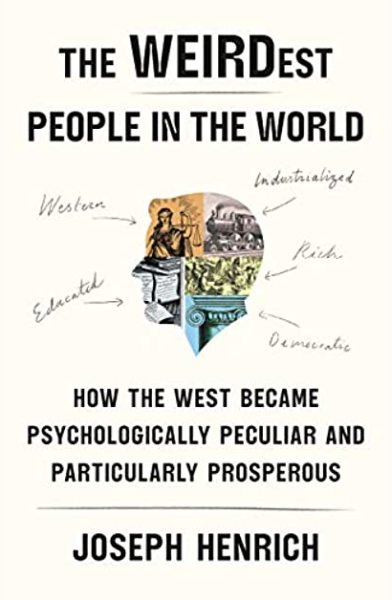John C. Wright on what he calls our “incompetocracy”:
The conceit of the C.M. Kornbluth story “The Marching Morons” (Galaxy, April 1951) is that low-IQ people, having less practical ability to plan for the future, will reproduce more recklessly hence in greater numbers than high-IQ people, leading to a catastrophic general decline in intelligence over the generations.
A small group of elite thinkers tries, by any means necessary, to maintain a crumbling world civilization being overrun by an ever increasing underclass of morons.
In this morbid and unhappy little short story, the solution to overpopulation was the Final Solution, that is, mass murder of undesirables followed by the murder of the architect of the solution.
The eugenic genocide is played for laughs, as the morons are herded aboard death-ships, told they are going on vacation to Venus. The government forges postcards to their widows and orphans to maintain the fraud, which the morons are too stupid to penetrate.
You may recognize a similar conceit from the film Idiocracy (2006), written and directed by Mike Judge. Unlike the short story, no solution is proposed for the overpopulation of undesirables.
No one seems to note the absurd self-flattery involved in entertaining Malthusian eugenicist fears: no one regards himself as a moron unworthy of reproduction. Margaret Sanger did not volunteer to sterilize herself on the grounds that she was a moral cripple suffering from Progressive mental illness, hence unfit.
It is only the working man, the factory hand, the field hand, who is unfit, and usually he is an immigrant from some Catholic hence illiterate nation, with a fertile wife and a happy home.
The happy Catholic with his ten children will not die alone, empty and unloved, in some sterile euthanasia center in Canada, like the Progressive will, and so the Progressive hates the happy father like Gollum hates the sun.
The self-flattery is absurd because, first, IQ is not genetic — if it were, average IQ scores for a given bloodline would not change over two generations. Darwinism allows for genetic changes only over geologic eras.
Second, education in the modern day is inversely proportional to intelligence. No intelligent man would or does subject himself to the insolent falsehoods of college indoctrination: we are too independent in thought to be allowed to pass.
Third, a truly intelligent man, if he thought his bloodline was in danger of being outnumbered and swamped, rather than trying to inflict infertility on the competition, would seek the only intelligent solution compatible with honesty and decency: lifelong monogamy in a culture that forbids contraception and encourages maternity. He would, indeed, become Catholic, and attempt to evangelize his neighbors likewise.
A truly intelligent man would accept rather than reject the divine injunction to be fruitful and multiply. The idea of overpopulation is and always was a Progressive scare tactic, meant to undermine and control the underclass. It is the tactic of making the poor feel poorly for trying to use resources and grow rich. It is the politics of enforced poverty.
Why else would billionaires on private jets fly to Davos to eat steak dinners over wine, in order to pressure peons to ride bikes and eat bugs?
Our salvation is that they cannot even do that right. These James Bond style villains who are committing slow genocides with experimental injections, with wars against farming, against guns, against police, against oil drilling, against nuclear energy, and against family life, have not sacrificed the billions their dark and ancient gods crave dead, but this is due only to their lack of skill and organization.












